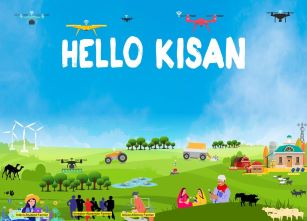
Trending News
The Evolution of Human Diet: From Hunter-Gatherer to Modern Eater
Hello Kisan Feb 05, 2025
The shiftfrom a diverse diet of wild animals and birds to a more limited range ofdomesticated species is a complex interplay of cultural, technological, andenvironmental factors.
KeyFactors Driving the Dietary Shift:
- Domestication of Animals: The domestication of animals like cattle, sheep, goats, and pigs provided a reliable source of meat and dairy. This reduced the reliance on hunting wild animals.
- Agricultural Revolution: The development of agriculture led to a more settled lifestyle and a focus on cultivating crops. As societies became more agrarian, the consumption of meat decreased in many cultures.
- Religious and Cultural Beliefs: Many religions and cultures have specific dietary restrictions, limiting the consumption of certain animals. For instance, Hinduism prohibits the consumption of beef, while Islam prohibits the consumption of pork.
- Economic Factors: As economies developed, the cost of meat increased, making it less accessible to the general population.
- Public Health Concerns: Concerns about food safety and zoonotic diseases have led to stricter regulations on meat production and consumption.
While thehuman diet has evolved significantly over time, the core principles ofnutrition and sustainability remain relevant. A balanced diet that includes avariety of foods, including meat, can contribute to a healthy andwell-nourished population.